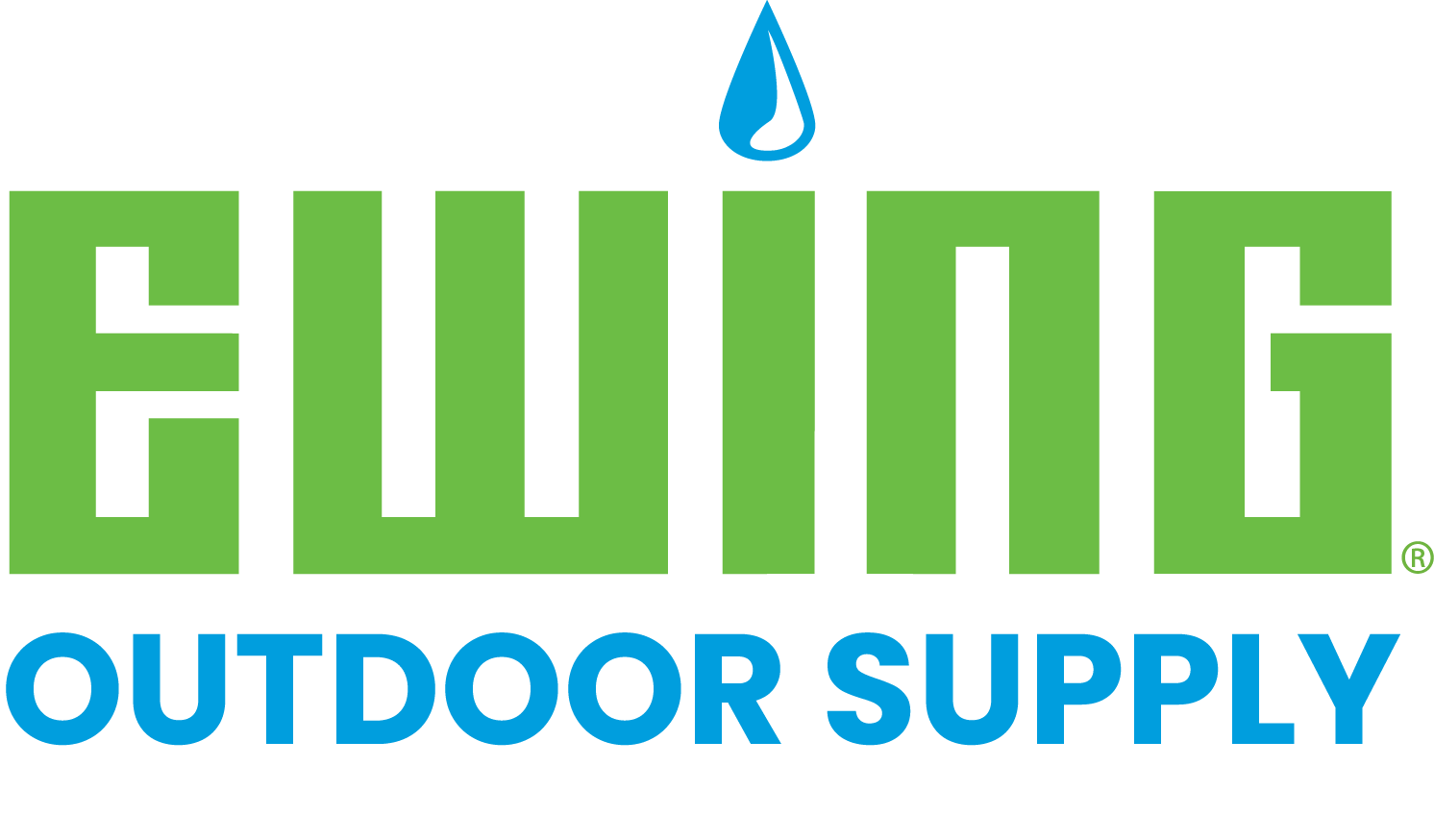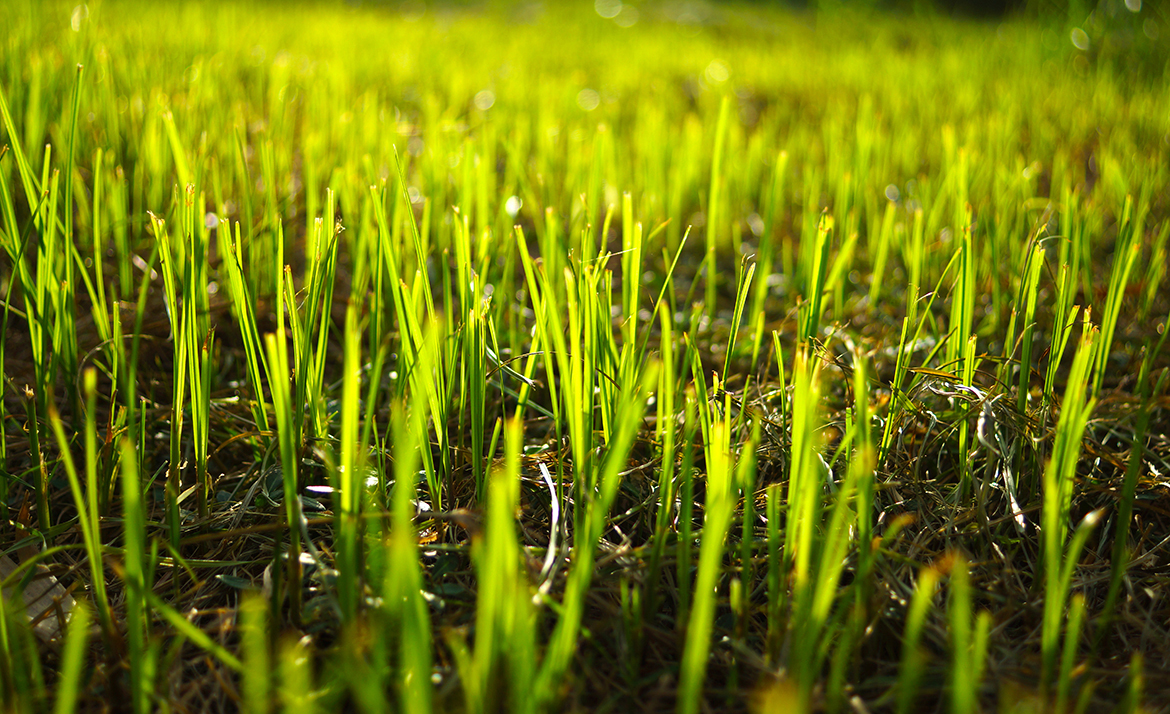Are you tending to seed this fall? Get up to seed this season with these helpful tips.
Things to consider before seeding
How do you know what grass species and varieties to use when seeding? Turfgrass is divided into two categories: cool-season and warm-season grasses. Wherever and whenever you’re planting, consider the region and climate.

Cool-season turfgrass
- Performs best in cooler climates (60 - 75 degrees Fahrenheit)
- Includes: Tall Fescue, Perennial Ryegrass, Kentucky Bluegrass, Bentgrass and Ryegrass
- Undergoes little or no winter dormancy
- Is the most heat and drought tolerant (specifically Tall Fescue)
Warm-season turfgrass
- Performs best in warmer climates (80 – 90 degrees Fahrenheit)
- Includes: Bermudagrass and Zoysiagrass (to name a few)
- Experiences winter dormancy
- Promotes spring green-up when soil temperature reaches 55 degrees Fahrenheit
Another thing to consider before broadcasting seed is seeding rates. Tony Ramirez, a sales representative for DLF Pickseed, a company rooted in providing seed domestically and globally, explained that seeding rates are important for thick, aesthetically pleasing surfaces, along with proper irrigation practices for sustainability.
Find out more tips for fall turf renovation in this Ewing video.
Four tips for successful seeding
"There are two common practices of seed application: new plantings and the overseeding of existing turfgrass," said Chip Garner, a 14-year salesman in the southeast region of the U.S. for Allied Seed, LLC. Whichever practice of seeding you use, he said there are four major things to consider. 
- Proper soil fertility and pH levels are essential. Seed can’t perform optimally in poor soil conditions. Incorporate soil tests and soil amendments (such as AquaSmart Pro, Gypsum, Holganix and Lime) into your maintenance. Ask your Ewing Service Professional how you can get your soil tested this season.
- It’s crucial to have good seed-to-soil contact. Preparing a proper seedbed is important, especially in overseeding of existing turfgrass. Seed-to-soil contact is best achieved by mowing down your existing lawn, aerating and then raking and removing debris.
- No seed will germinate without water. It’s important to keep the seedbed continuously wet until the seed germinates and emerges from the soil. Abide by the cycle and soak watering method—watering only a few minutes at a time over the course of the day.
- Once the seed has been established, fertilizer, water, proper mowing heights, herbicides and other soil amendments need to be incorporated into your maintenance regiment, ensuring optimum results.
Tools for the job
Want to have a successful seeding season? Follow these tips, and make sure to stop by your local Ewing store to check out these products below and more!
- Spreader Soil probe (for soil samples)
- Irrigation system or hose (for watering)
- Rake (for debris removal and final grading)
- Sprayer (for applying chemicals once seed is established)
To learn more about seeding and other tips for fall turf renovations, visit your local Ewing store, and ask your Ewing Service Professional about the upcoming fall seed promotion beginning August 1, 2017.
Stock up and seed on!




